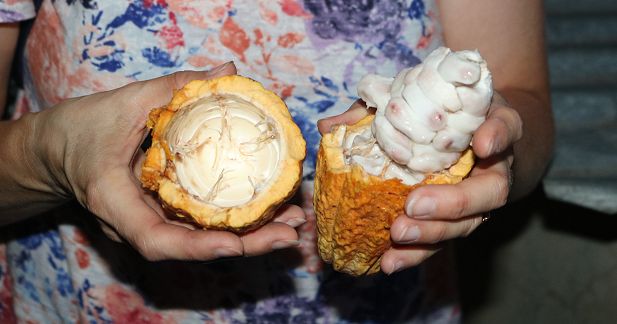chocolate education
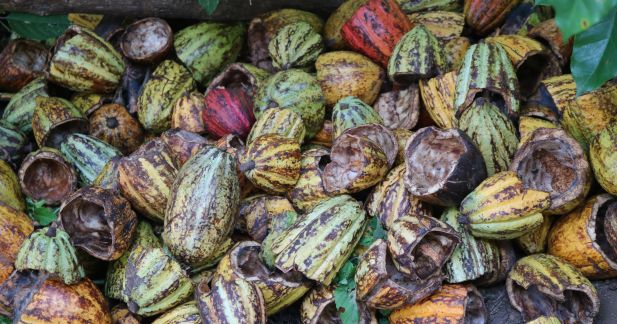
Cacao de El Salvador – Part 1
September 30, 2019
I have so much good news to share about what’s going on in El Salvador! I spent a little over a week traveling in the eastern part of the country learning first hand from farmers and processors about the benefits and challenges of growing cacao in their region.
My head is bursting with all that I heard, saw and yes, tasted. As a result, I’m going to publish a series of blog posts about it all. My hope is to take everything currently trapped in my brain and write it down. And share some interesting stories and photos with you all.
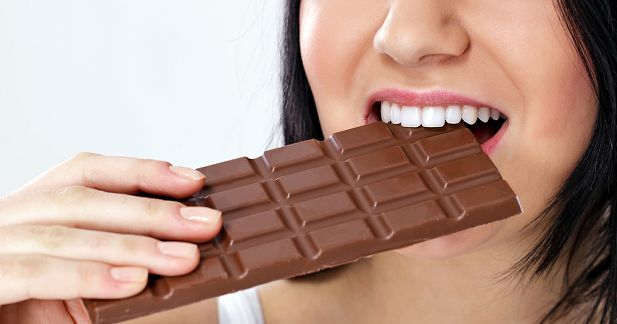
Chocolate Gift Basket and Tasting
August 26, 2019
On occasion I get asked to donate my time and expertise to lead a local “Chocolate Tasting” class/event (or a Chocolate and Wine pairing event!) for a fundraiser, silent auction, or raffle. I always donate and, oddly enough, even when someone buys it or receives it, very few winners take me up on it.
My most recent idea was to create a gift basket – or “chocolate kit” if you will - containing all the chocolates that would be needed for a tasting event. I also included a brief but detailed explanation of how I would conduct the tasting using the materials provided.
And it worked!
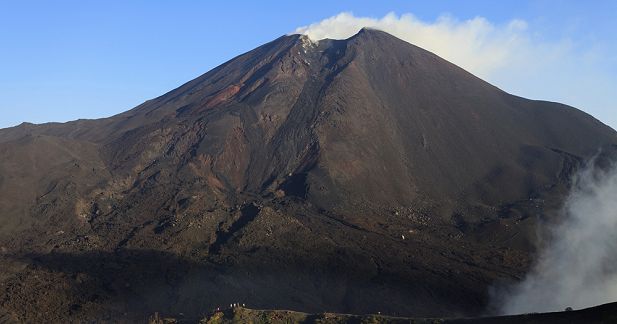
The Surprising Link Between Chocolate and Lava
February 13, 2019
From guest author and volcanologist Arianna Soldati...
I have wanted to be a volcanologist for as long as I can remember, taken with the idea of travelling the world sampling hot, fluid lava from active volcanoes and running high-temperature experiments in a fancy laboratory. But before I could do that, I had to start by studying Geology: things like mapping rock outcrops and identifying minerals. A class on chocolate making was definitely not part of the standard curriculum, but maybe it should have been.

Extremely (and Supremely!) Dark Chocolate
August 2, 2018
I eat very little refined sugar and don’t consume artificial sweeteners. Not because I have to, but because I want to. For me, it’s the smart thing to do. I feel better physically and mentally. I live more days having that wonderful “sense of well-being” than I do without. And I still have a chocolate-filled life!
Last week I reviewed two stevia sweetened chocolates. I rarely eat chocolate with sucrose replacers like alcohol sugars or stevia. I much prefer eating chocolates that lower the sugar by increasing the cacao percentage.
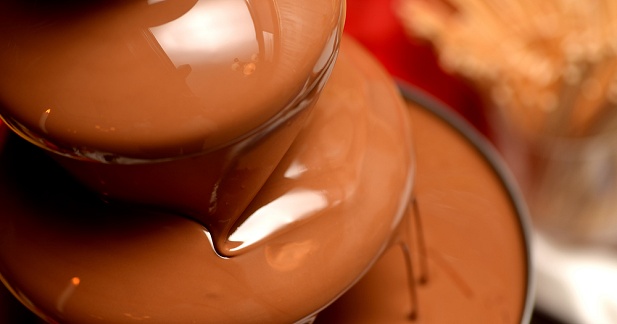
My Chocolate Fountain Adventure
June 12, 2017
My son graduated from college a couple weeks ago. Earlier, during the party planning stage, he informed me that he’s not really into cake for dessert (what!?). Sweets, he said, are more my style.
So, when it came to figuring out what to serve, I was looking for easy, delicious, fun, and well, not the typical decorated sheet cake.
While different ideas kept floating around the edges of my thoughts (but not really impressing me), my mom suggested a chocolate fountain. Hmm. That had appeal. What could be easier than self-service dessert? And what could be more fun and delicious than a cascading wall of chocolate with endless dipping treats?
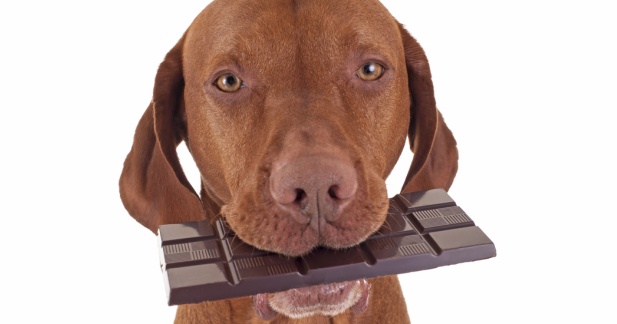
Why Is Chocolate Harmful To Dogs?
April 13, 2017
Many pet owners do not know that chocolate is not good for their pets, especially when consumed in large quantities. A small piece of chocolate can cause problems for your pet. A large piece of chocolate can be quite severe.
The truth is that chocolate is poisonous to pets. So, why is chocolate a favorite snack for humans, but poisonous for dogs?
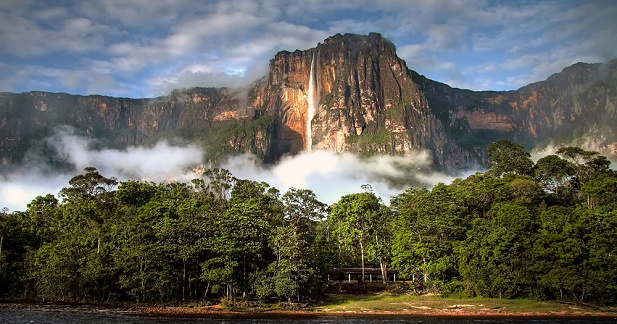
Trader Joe’s Chocolate Passport – Venezuela 70%
February 27, 2017
Chocolate of the week: Venezuela
Venezuela sits along the northern coast of South America. Colombia borders on the west, Guyana on the east, Brazil on the south. The islands of Trinidad and Tobago are off the northeast border.
Like many cacao growing countries, Venezuela has regional climates that produce cacao of different flavor profiles.
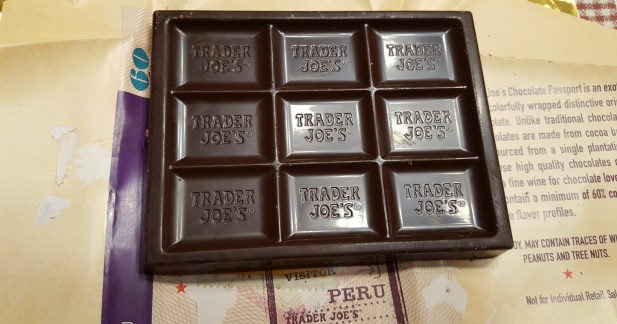
Trader Joe’s Chocolate Passport – Peru 60%
February 13, 2017
Chocolate of the week: Peru
Peru is situated in western South America, bordered by Ecuador, Colombia, Brazil, Bolivia, Chile, and the Pacific Ocean.
Cacao is grown in many regions throughout the country. (As an interesting aside, in 2007, a rare variety of cacao called Pure Nacional was rediscovered in Peru. Decades earlier, disease had destroyed 100% of these trees, or so it was thought. Pure Nacional was put on the extinct species list. Pure Nacional is a white cocoa bean, not the common purple color.)
Peru’s diverse microclimates provide unique growing conditions for cacao - different varieties of cacao growing at different altitudes.
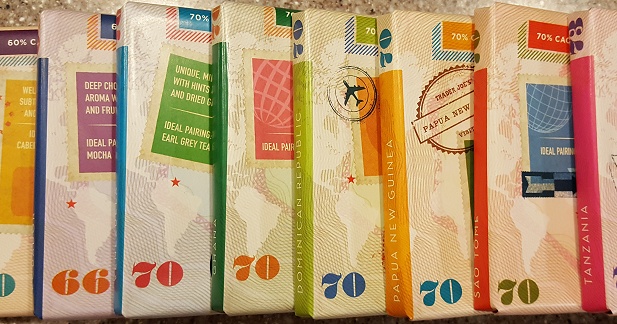
Trader Joe’s Chocolate Passport
February 6, 2017
This blog post marks the beginning of my series on single-origin chocolates from Trader Joe’s Chocolate Passport variety pack.
Each week I will review one of these country of origin chocolates: Peru 60%, Ecuador 66%, Ghana 70%, Venezuela 70%, Dominican Republic 70%, Papua New Guinea 70%, Sao Tome 70%, and Tanzania 73%.


